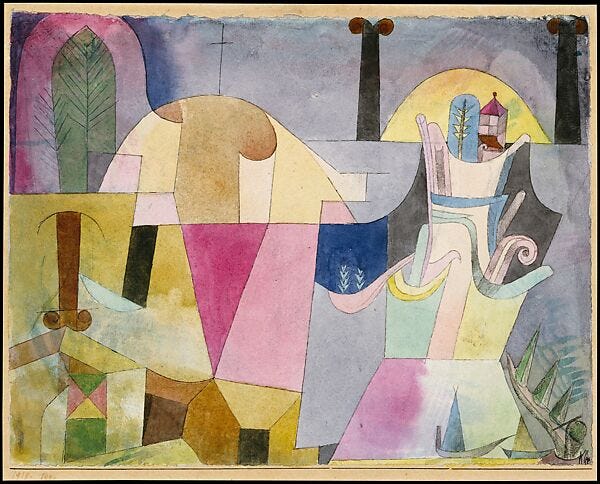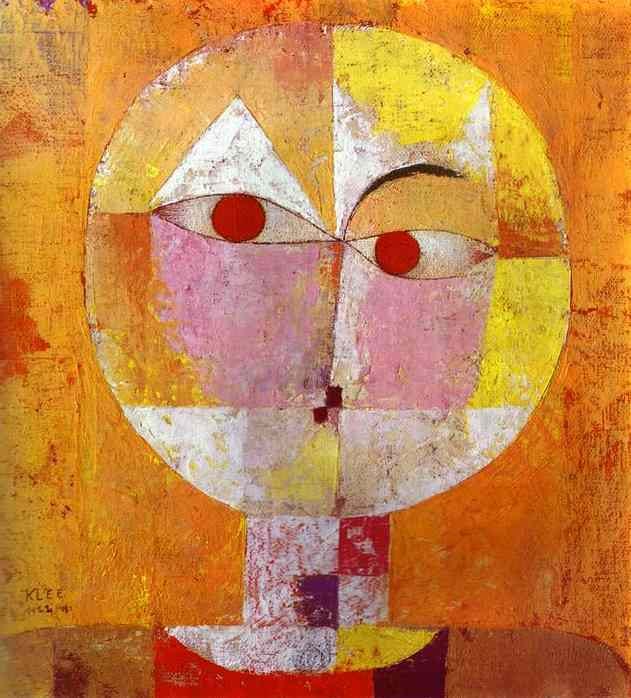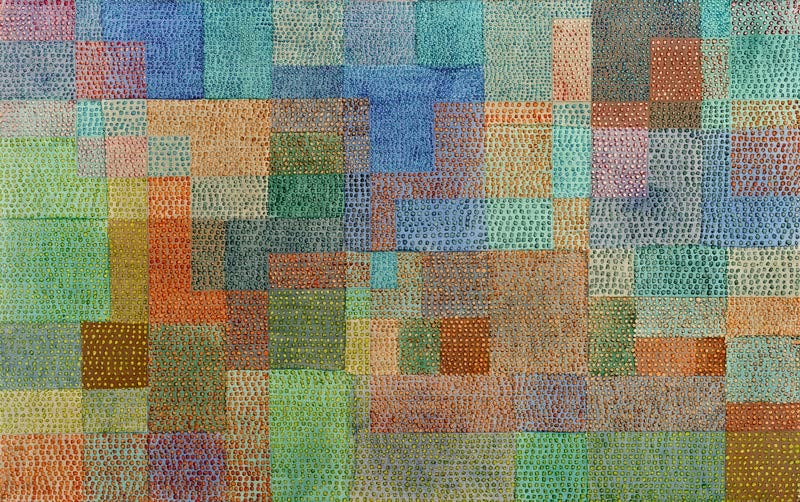Colour in Art.
The Vibrant World of Paul Klee.
Colour has always held a special place in the realm of art, acting as a powerful means of expression for artists throughout history. Among the many visionaries who have harnessed the potential of colour, Paul Klee, a Swiss-German painter, stands as a unique and influential figure in the world of modern art. Klee's innovative use of colour transcended traditional artistic boundaries and allowed him to convey profound emotions, abstract concepts, and intricate compositions. This essay explores the significance of colour in Paul Klee's art, delving into his techniques, theories, and contributions to the realm of abstract and expressionist painting.
Paul Klee was born on December 18, 1879, in Münchenbuchsee, Switzerland. He displayed an early interest in art and eventually studied at the Academy of Fine Arts in Munich. Klee's early works were influenced by Impressionism and Post-Impressionism, but it wasn't until he encountered the vibrant colours of the Fauvists and the innovative ideas of the Cubists that his style truly began to evolve.
Klee was not content with simply using colour as a decorative element in his paintings. He delved into the theory of color, drawing inspiration from the works of Johann Wolfgang von Goethe, who wrote extensively on the psychological and emotional impact of colour. Klee believed that colour had the power to convey specific moods and emotions, and he aimed to tap into this potential in his art.
One of Klee's notable contributions to colour theory was his division of colours into "warm" and "cold" categories. He associated warm colours like red and yellow with optimism and cold colors like blue and green with introspection and melancholy. Klee's understanding of colour as a tool for emotional expression allowed him to create deeply resonant and evocative works.
Klee was a key figure in the development of abstract art. His fascination with colour went hand in hand with his exploration of abstract and geometric forms. He believed that colour and form were interconnected, and he often used abstract shapes and symbols in his work to convey complex ideas and emotions.
Klee's famous painting, Senecio (1922), exemplifies his mastery of abstract forms and color. The portrait of a man is reduced to a series of colourful geometric shapes, emphasizing the role of colour in defining the subject's character and emotions.
Another remarkable aspect of Klee's work was his connection to music. He saw parallels between music and art, and he often referred to his paintings as "compositions." Klee believed that colour could create visual rhythms and harmonies, just as music did through sound.
Klee's painting Polyphony (1932) is a testament to his musical inspiration. The composition consists of colourful, overlapping shapes that resemble musical notes and instruments. This blending of art and music showcased Klee's innovative approach to color and form.
Paul Klee's contributions to the world of art and colour theory are undeniable. His innovative use of colour as a means of emotional expression, his exploration of abstract forms, and his connection between art and music all left a lasting impact on the art world. Klee's work continues to inspire artists and viewers alike, reminding us of the profound role that color plays in the realm of artistic creation. As we explore Klee's vibrant and imaginative world, we gain a deeper appreciation for the transformative power of colour in the hands of a visionary artist.






I adore Klee, adore him. I had a really emotional reaction when I first saw his work in the flesh. I don’t know how or why it is that you’re writing about all my favourite things at the moment, but I don’t mind it! 💗❤️💗
Lovely article! Thank you.